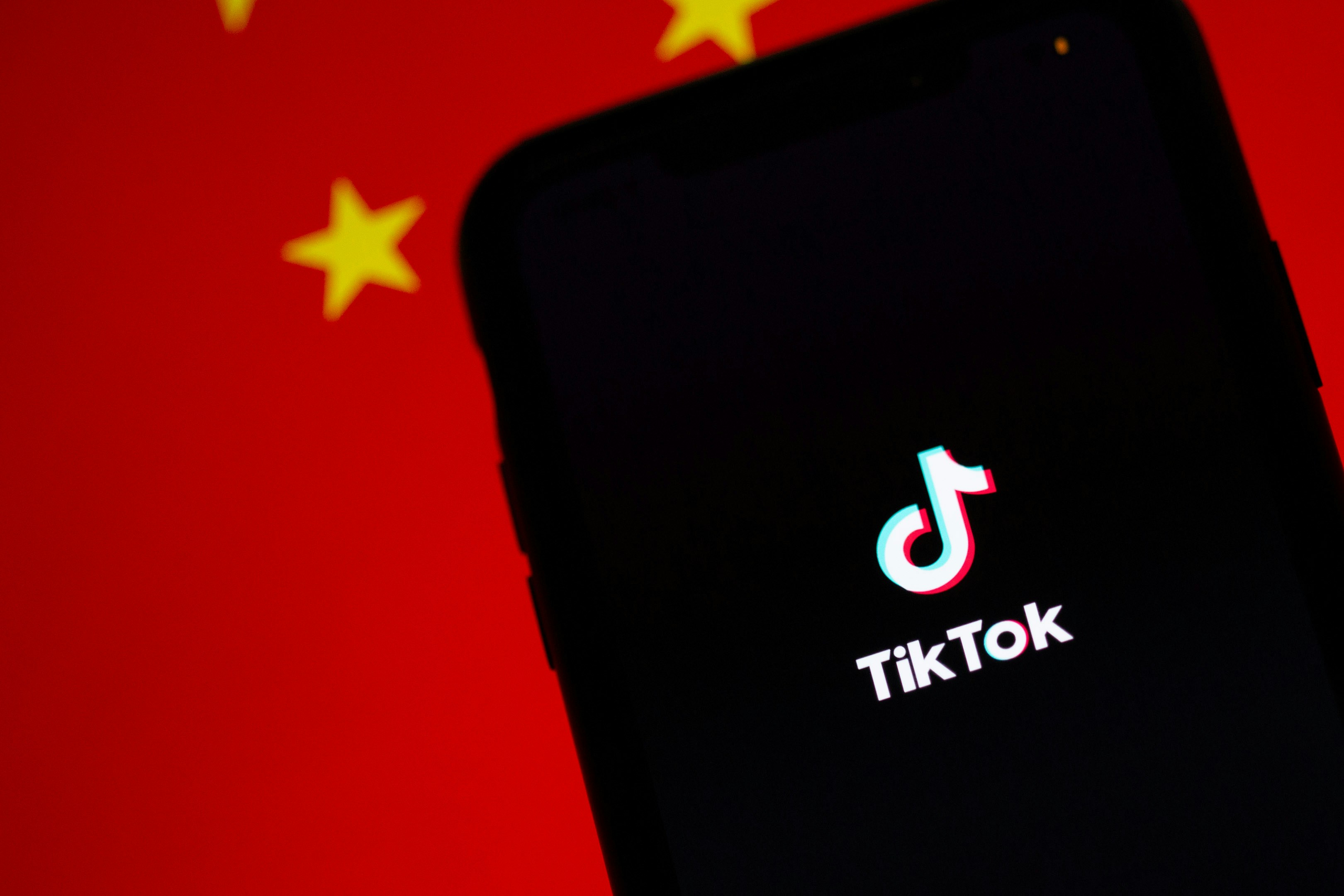
Introduction to Android XR Glasses
In the rapidly evolving realm of technology, Google has once again demonstrated its commitment to innovation by unveiling the Android XR-based glasses, developed in partnership with Warby Parker. XR, or Extended Reality, encompasses a spectrum of immersive technologies, including virtual reality (VR), augmented reality (AR), and mixed reality (MR). This multifaceted approach allows users to interact with their surroundings and digital content in unprecedented ways, revolutionizing how we perceive and engage with information.
The introduction of Android XR glasses signifies a pivotal moment in the tech landscape, as the demand for smart eyewear continues to grow. As everyday devices become increasingly integrated with digital experiences, these glasses are poised to enhance personal and professional interactions, providing users with an unparalleled means of connectivity. Whether in business, education, or entertainment, the applications for such innovative eyewear are vast. Imagine attending a virtual meeting where holographic presentations come to life or navigating complex information layers while on the go, all facilitated by these advanced glasses.
Moreover, this collaboration between Google and Warby Parker highlights a strategic approach to redefining eyewear. Warby Parker, known for its commitment to stylish yet affordable glasses, can integrate its design expertise with Google’s technological prowess, promising a product that is not only functional but also aesthetically pleasing. This partnership aligns with Google’s broader strategy of embedding artificial intelligence and machine learning into consumer products, enhancing user experience and paving the way for future advancements in the domain of XR technology.
As we delve deeper into this exciting development, it will be essential to understand the foundational features and potential impact of the Android XR glasses on both users and industry trends.
Collaboration with Warby Parker
Google’s partnership with Warby Parker marks a significant step in the evolution of wearable technology, particularly with the unveiling of their Android XR-based glasses. Warby Parker, an established leader in eyewear design and innovation, brings a wealth of expertise to this collaboration. By fusing their high-quality design principles with Google’s cutting-edge technology, the two companies aim to produce glasses that not only provide augmented reality experiences but also maintain the aesthetic appeal that consumers expect from fashion-centric eyewear.
The motivation behind this collaboration is rooted in the desire to create a product that seamlessly integrates the virtual and physical worlds. Warby Parker’s experience in crafting stylish and functional eyewear aligns perfectly with Google’s focus on technological advancements in augmented reality. This synergy aims to offer consumers an enhanced usage experience—that merges everyday functionality with the latest innovations in digital technology.
From this partnership, consumers can expect a range of stylish options that are designed to accommodate a modern lifestyle while delivering immersive augmented reality features. The glasses will likely include interactive displays, allowing users to access information, notifications, and applications through a minimalistic interface. Moreover, enhanced features such as voice activation and gesture controls are anticipated to complement the overall user experience.
As the collaboration develops, it is important to note that Google and Warby Parker are dedicated to prioritizing user comfort and usability alongside aesthetic considerations. This dual focus is expected to lead to a new category of wearable devices that do not compromise on style while providing advanced technological capabilities. In the evolving landscape of augmented reality, this collaboration holds the promise of delivering innovative products that reimagine how consumers interact with the world around them.
Features and Functionalities of the Glasses
Google’s latest innovation, the Android XR-based glasses, brings together advanced augmented reality (AR) and virtual reality (VR) technologies to create a seamless user experience. One of the standout features is their ability to blend digital information with real-world environments, allowing users to interact with 3D holograms in real-time. This immersive capability opens up a plethora of applications, from gaming to education, providing users with an engaging platform that extends beyond traditional screens.
Moreover, the glasses are equipped with robust voice control capabilities, powered by Google Assistant. Users can execute commands such as searching for information, adjusting settings, or navigating various applications through simple voice prompts. This hands-free functionality significantly enhances the user experience, enabling multitasking in dynamic environments without the need for physical interaction. This particular feature is designed to cater to both convenience and accessibility, encouraging a more natural interaction style.
Compatibility with a wide range of applications further elevates the utility of the glasses. Developers have the opportunity to create and optimize their software for this new platform, ensuring diverse offerings that can cater to various interests and requirements. Whether for professional use like architectural walkthroughs or personal experiences like immersive storytelling, the glasses promise adaptability and versatility.
Design aesthetics have not been overlooked either; the glasses feature a lightweight construction that prioritizes comfort for extended wear. Sleek lines and modern materials make them not only functional but visually appealing, aligning with current trends in wearable technology. This thoughtful design, together with the advanced feature set, positions these Android XR glasses as a noteworthy contender in the expanding arena of augmented reality devices.
Implications for the Future of Wearable Technology
Google’s unveiling of XR-based glasses in collaboration with Warby Parker marks a significant turning point in the realm of wearable technology. This innovative product promises to reshape various industries, influencing sectors such as education, healthcare, and entertainment. In education, for instance, augmented reality (AR) can enhance learning experiences by providing interactive elements that immerse students in their subjects. Imagine students donning these glasses, visualizing complex biological processes or historical events as if they were happening around them, thereby facilitating deeper understanding and retention.
Healthcare stands to benefit enormously from XR integration as well. Medical professionals can utilize these glasses to access critical information in real-time, reducing the likelihood of errors during procedures. Furthermore, they can assist in training medical students through simulation and visualization techniques that are more effective than traditional methods. Such enhancements could revolutionize patient care, making it safer and more efficient.
In the entertainment industry, XR glasses could redefine how consumers interact with content. From immersive gaming experiences to augmented movie screenings, the possibilities are endless. This kind of technology could foster a new level of engagement, allowing viewers to become active participants in their favorite stories or games.
Consumer behavior will also likely evolve as users adapt to this next-generation technology. As the convenience of XR glasses becomes apparent, individuals may integrate them more deeply into daily life, leading to increased reliance on wearable tech. However, with these advancements come challenges. Privacy concerns regarding data collection, potential overreliance on technology, and the need for user education must be addressed to ensure a smooth transition into an XR-driven future.
In conclusion, while the potential benefits of Google’s XR glasses are profound, navigating the challenges will be vital for successful integration into the consumer market.


